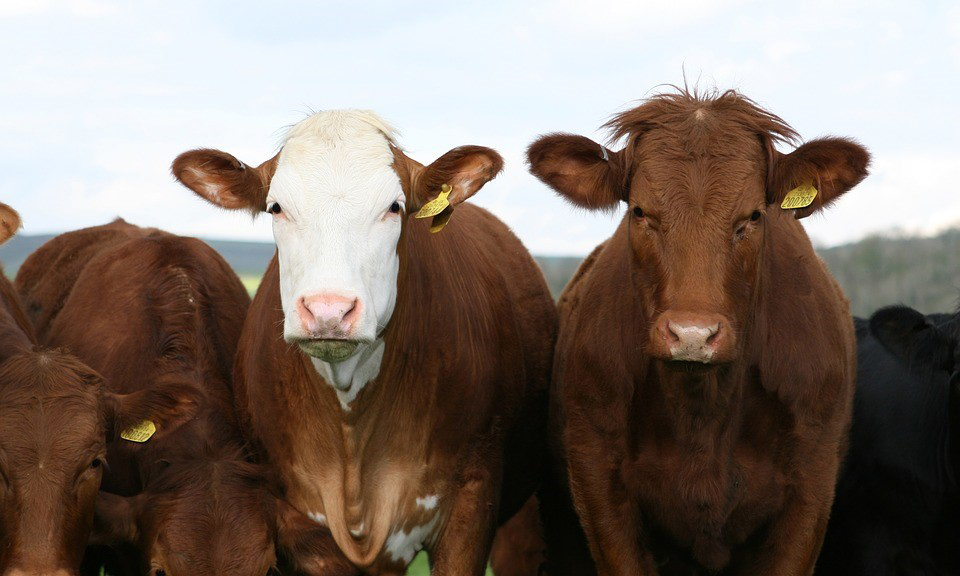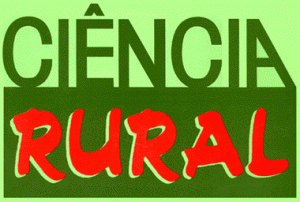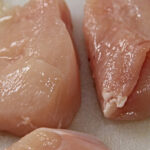By Maria Luiza De Grandi, journalist of Ciência Rural, Santa Maria, RS, Brazil and Dalton Mendes, Professor of Animal Science, Universidade Estadual de Mato Grosso do Sul (UEMS), Aquidauana, MS, Brazil
The generation of high-quality meat products involves several agro-industrial segments, such as creation, production and transport. Meat quality is associated with animal welfare, especially pre-slaughter handling. According to Tarrant, et al. (1992), it is possible to note that, from an economic point of view, it is sought to transport animals with a high density load. In view of the high incidence of hematomas in bovine carcasses, due to road transport, researchers from the Universidade Federal do Mato Grosso do Sul (UEMS), evaluated the number of hematomas in different regions of the carcass and their relationship with stocking rates in different body models. The article “Stocking rate in different models of bodies and their relationship with hematomas in bovine carcasses” was published in Ciência Rural (vol. 50, no. 5).
Each type of vehicle has a peculiarity that influences the transport capacity and the calculation of the number of cattle to be transported. For the research, the percentage of hematomas in the region of the rear, front and tip of the needle of the cattle was evaluated. The space occupied by each animal in m² inside the body was defined as “Practical Area”, obtained by dividing the total area of the body and the number of males and females transported. The numbers were analyzed in the truck trucks (240 males and 168 females), low wagons (120 males and 93 females) and Romeu and Julieta trucks (80 males). The researchers used as a basis the minimum occupied area defined by the Farm Animal Welfare Council (FAWC) and Animal Welfare Advisory Committee (AWAC).

Image: Shutterbug75.
The results obtained show that the stocking rate must be specific for each type of cattle transport vehicle for slaughter. The applicability of European Union or New Zealand equations to determine the minimum area to be occupied by each animal does not accurately depict the stocking rate practiced in Brazilian territory, and must be analyzed individually, since the calculation of the stocking rate for the truck truck, for example, would not be ideal for others. According to researcher Dalton Mendes, the results help producers and slaughterhouses as to the relationship between the minimum area occupied by an animal and its influence on the incidence of hematomas in bovine carcasses.
The research carried out at the State University of Mato Grosso do Sul (UEMS) is innovative in associating stocking rates with the incidence of hematomas in bovine carcasses and testing equations that determine the minimum area occupied by animals (m2). “When evaluating the applicability of the equations in different types of trucks used to transport cattle for slaughter, it was possible to analyze and correlate how these factors are associated with the incidence of hematomas in different regions of the carcass,” adds Dalton.
Reference
TARRANT, P.V., et al. Long distance transportation of steers to slaughter: effect of stocking density on physiology, behaviour and carcass quality. Livestock Production Science [online]. 1992, vol. 30, no. 3, pp. 223-238, ISSN: 0301-6226 [viewed 12 August 2020]. DOI: 10.1016/S0301-6226(06)80012-6. Available from: https://www.sciencedirect.com/science/article/abs/pii/S0301622606800126
To read the article, access it
FERREIRA, K. de C., et al. Cattle loading rates in different truck models and their relationship with bruises on bovine carcasses. Cienc. Rural [online]. 2020, vol. 50, no. 5, e20190819, ISSN: 1678-4596 [viewed 12 August 2020]. DOI: 10.1590/0103-8478cr20190819. Available from: http://ref.scielo.org/25z4mq
External links
Ciência Rural – CR: <http://www.scielo.br/cr>
Ciência Rural <http://coral.ufsm.br/ccr/cienciarural/>
Como citar este post [ISO 690/2010]:

















Recent Comments